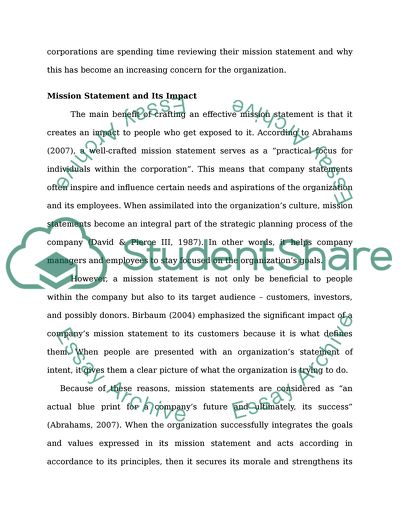Cite this document
(“Reviewing Company's Mission Statements Research Paper”, n.d.)
Retrieved from https://studentshare.org/family-consumer-science/1422211-reviewing-company-s-mission-statements
Retrieved from https://studentshare.org/family-consumer-science/1422211-reviewing-company-s-mission-statements
(Reviewing Company'S Mission Statements Research Paper)
https://studentshare.org/family-consumer-science/1422211-reviewing-company-s-mission-statements.
https://studentshare.org/family-consumer-science/1422211-reviewing-company-s-mission-statements.
“Reviewing Company'S Mission Statements Research Paper”, n.d. https://studentshare.org/family-consumer-science/1422211-reviewing-company-s-mission-statements.


